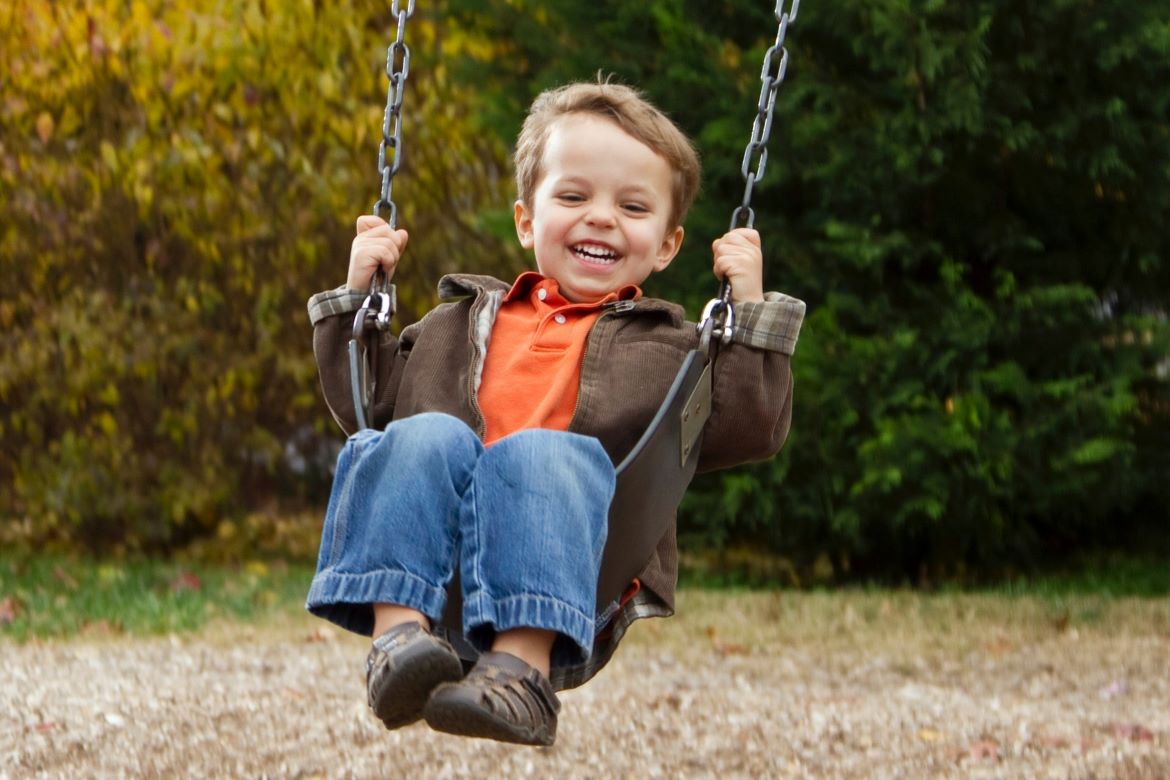By Sarah R. Moore
In a recent interview with Dandelion Seeds Positive Parenting, leading child psychologist Mona Delahooke, PhD, discussed her new book, Brain-Body Parenting: How to Stop Managing Behavior and Start Raising Joyful, Resilient Kids.
Mona Delahooke, PhD: Why The World Needs Her Work
Many parents know Dr. Delahooke from her best-selling book Beyond Behaviors (available here, along with the Beyond Behaviors Flip Chart, here). Her brilliant work in child psychology helps parents shift their perspectives about challenging behaviors and gain a deeper understanding of how to support children through connection.
Supporting children from the inside out, she clearly explains the biology beneath behavior. Moreover, rather than suggesting a one-size-fits-all approach to common challenges, Dr. Delahooke describes the essential role of parenting to individual differences.
Dr. Delahooke empowers parents with a groundbreaking new understanding of how to support their children.
In Brain-Body Parenting, Dr. Delahooke offers insight that helps parents tend to their children’s entire nervous system, thereby supporting connection and encouraging children’s increased resilience. With her experience as a clinical psychologist, she offers readers a helpful understanding of neuroscience and polyvagal theory. Fortunately for those of us who aren’t scientists, she writes in everyday terms that are easy to understand and that promote more harmonious family dynamics.
She’s a proponent of co-regulation, which involves supporting our children’s emotional needs alongside them, encouraging calmer behavior by being calm and peaceful, ourselves. This ultimately helps grow their self-regulation skills — with better behavior as a fortuitous byproduct.
Having drawn from her clinical experience as well as the most recent research in child development, this new book by Dr. Delahooke is a must-have for parents and caregivers.
Interview Excerpt: Mona Delahooke, PhD, Author of Beyond Behaviors and Brain-Body Parenting
Below is an excerpt from an interview with Mona Delahooke, Phd, expert in clinical psychology and child development. If you’d like to watch the full video about how to have a more connected relationship and a deeper understanding of brain science, it’s available for free here.
Sarah from Dandelion Seeds Positive Parenting:
As I was reading your book and thinking about the families I support, your subtitle jumped out at me: “How to Stop Managing Behavior and Start Raising Joyful, Resilient Kids.” Many parents are going to say, “Hold the phone, Mona. What do you mean, stop managing behaviors? Behavior is what I see!” Can you talk a little bit about what that means? I’d also love to hear about the concept of top-down and bottom-up behavior.
Dr. Mona Delahooke:
That’s such a great question because, yes, what else do we have other than behaviors to go by? Many of us, including myself, were either taught or grew up in a culture of thinking that managing behaviors is end product. That is what we do, right? We deal with children’s behavior so that we increase the behaviors we want to see: the “good” behaviors — and we do something to lessen the “bad” behaviors.
That’s how we think about behaviors, but when I became a infant and toddler specialist, I was able to learn this whole notion that behaviors are really just a signal of what’s going on on a much deeper level.
Behaviors are like the tip of the iceberg. What’s going on underneath the waterline, which is invisible, is all those things that we aren’t really taught about that create the behaviors, right? They create the sensations, the feelings, the thoughts, and eventually the emotions that humans feel.
Dr. Mona Delahooke
Two Types of Behaviors
Then there’s this whole notion that there’s a difference between top-down and bottom- or body-up behaviors. That was news to me when I learned it in my training. I’ll never forget one of my instructors saying, “So is this a top-down or bottom-up behavior?” I was thinking, “Well, I don’t know. What’s the difference?”
Now I know the difference. Our bottom- or body-up behaviors are prevalent in all humans. They happen when our nervous system shifts into a pathway that is created in our biology to help protect our bodies and help us to feel safer. A body behavior is something that is not conscious. It’s subconscious.
We’re not aware of it happening, but we’re aware of the consequences of it: a more rapid heart rate, sweaty palms, sweaty nose, a red face; or our child hitting, kicking, screaming, punching, spitting.
Those are indicators of a bottom- or body-up response. It really is a biological phenomenon.
When we think about managing behaviors, I’m trying to help us really see that what we’re managing is a nervous system.
Dr. Mona Delahooke
And when our children’s nervous systems are on what I call a vulnerable platform, that’s when you see those behaviors that we all kind of dread as parents. Now, we can see them in a new light as indicators of a vulnerable or shaky platform. When we do, then a whole new array of what to do falls from that.











